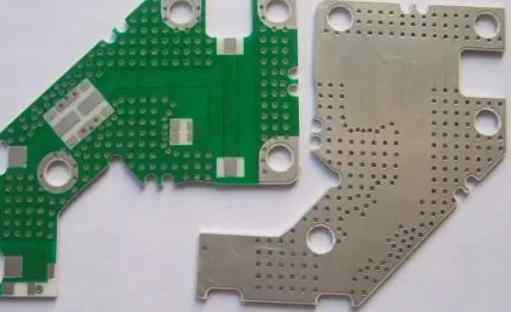Key Specs to Consider
When evaluating rf boards for wireless applications, there are several key specifications to consider:
Frequency Range
- The frequency range of the rf board needs to match the frequency bands used by your wireless protocol.
Output Power
- Output power determines the max range. Higher output power allows for longer range but uses more current.
Receive Sensitivity
- This spec indicates the minimum signal power needed for reliable reception. Lower values are better.
Interface
- Common interfaces for wireless rf boards include UART, SPI, and USB. Select one that integrates well with your microcontroller.
Example RF Boards
Here is a comparison of two popular rf boards:
| Spec | Board A | Board B |
|---|---|---|
| Frequency | 900 MHz | 2.4 GHz |
| Output Power | +20 dBm | +10 dBm |
| Sensitivity | -112 dBm | -105 dBm |
| Interface | SPI | UART |
FAQ

What is the range of typical rf boards?
With output power of +20 dBm, range is typically 1-2 km line of sight. Obstacles and interference reduce effective range.
How fast can rf boards transmit data?
Many boards support data rates in the 10s of kbps range. Faster systems like WiFi support higher data rates.
What modulation types are used?
Common modulations are FSK, GFSK, OOK, and OFDM for WiFi boards. Modulation affects data rate and link reliability.
What antenna options exist?
RF boards may have chip, trace, or uFL connectors for external antennas. Choice depends on size, range, and radiation pattern needs.
What are some applications of rf boards?
Wireless sensing, industrial automation, remote controls, and low power IoT devices.

Leave a Reply